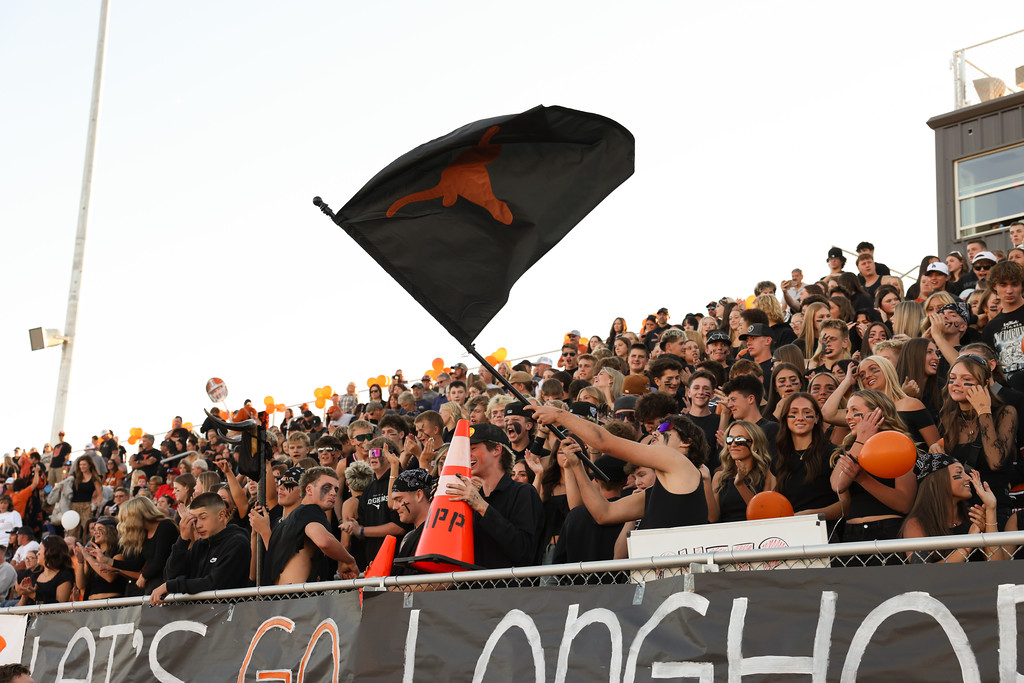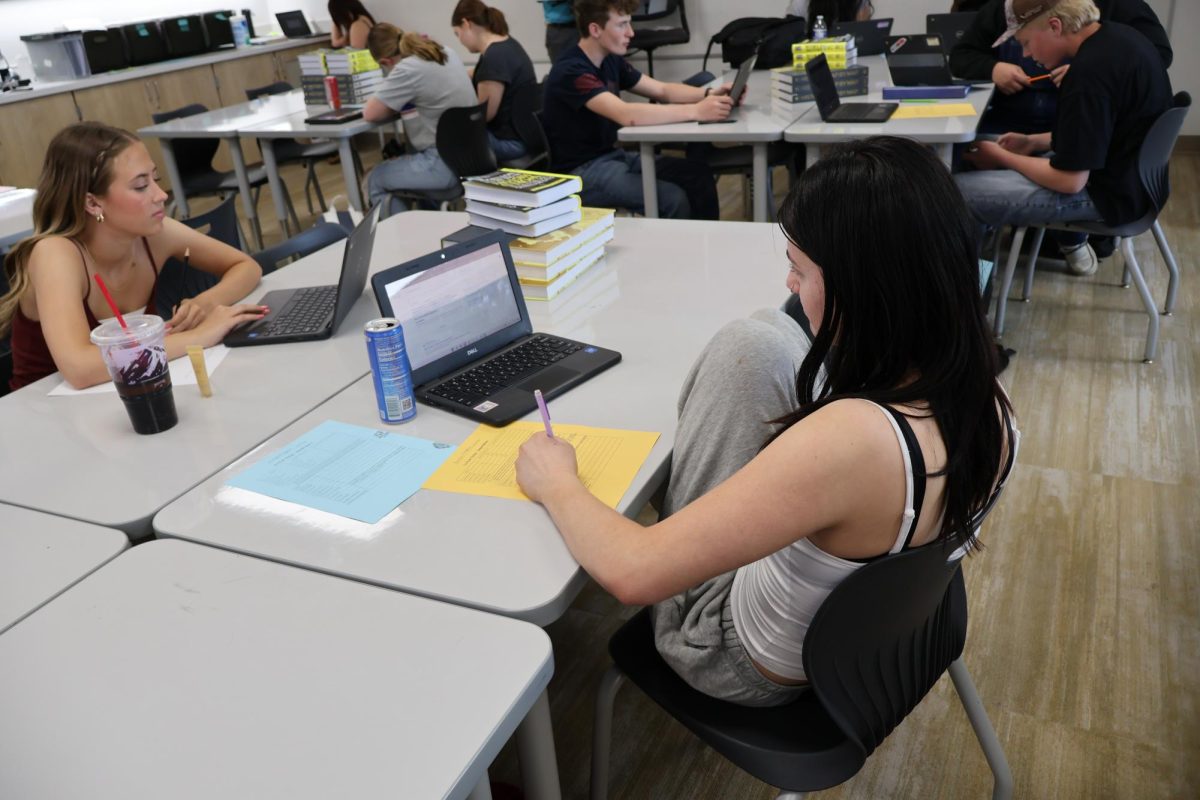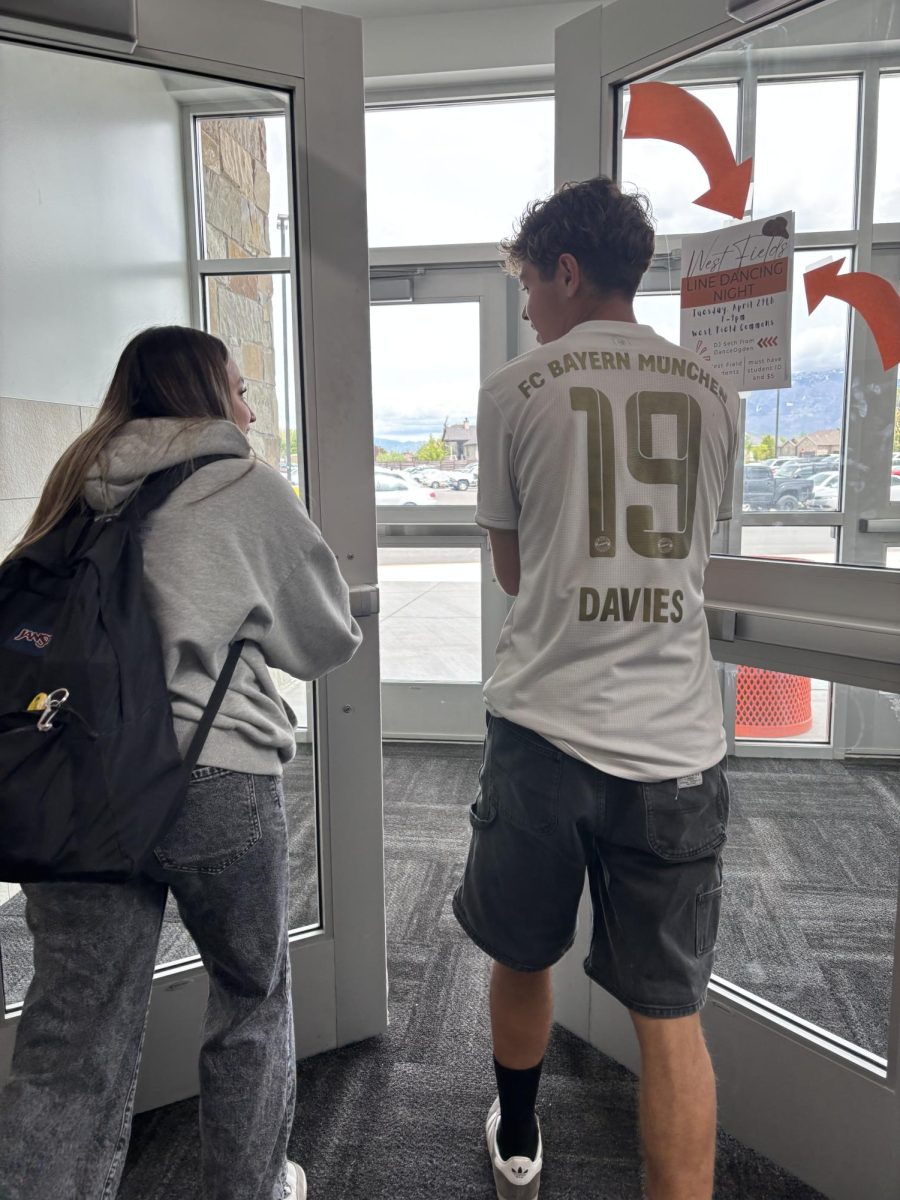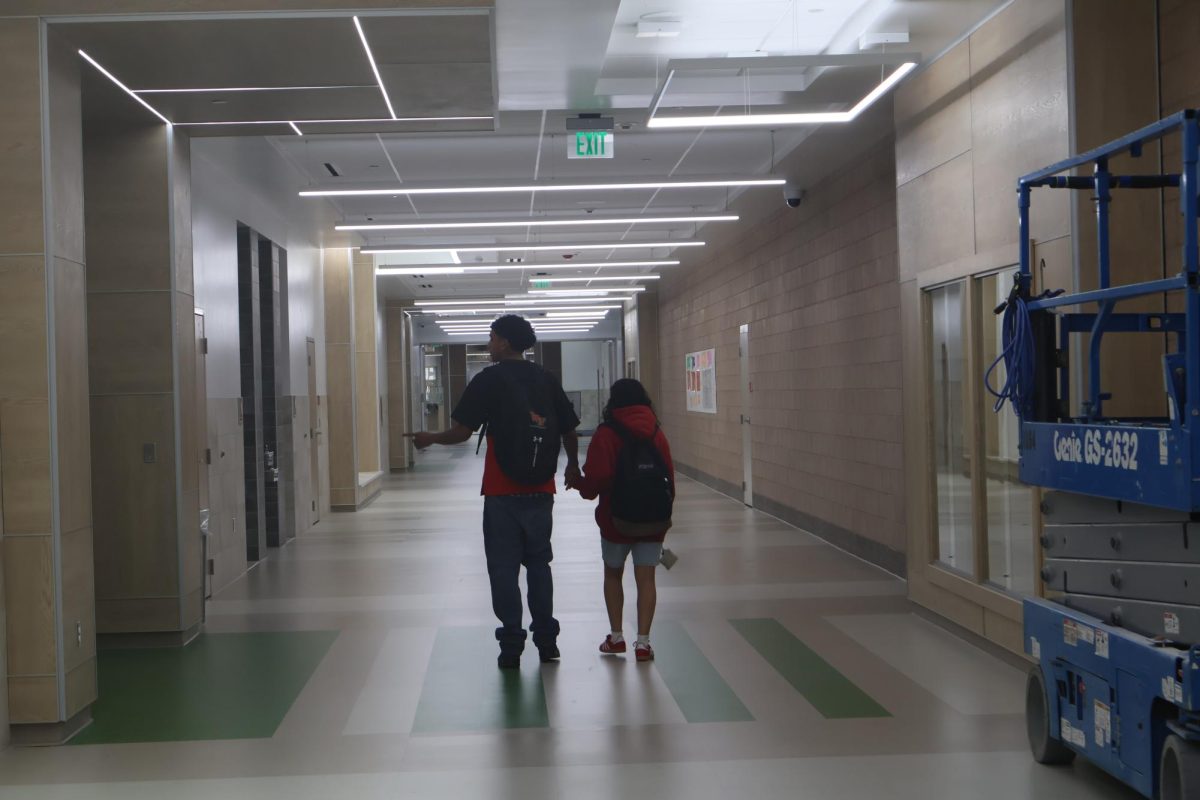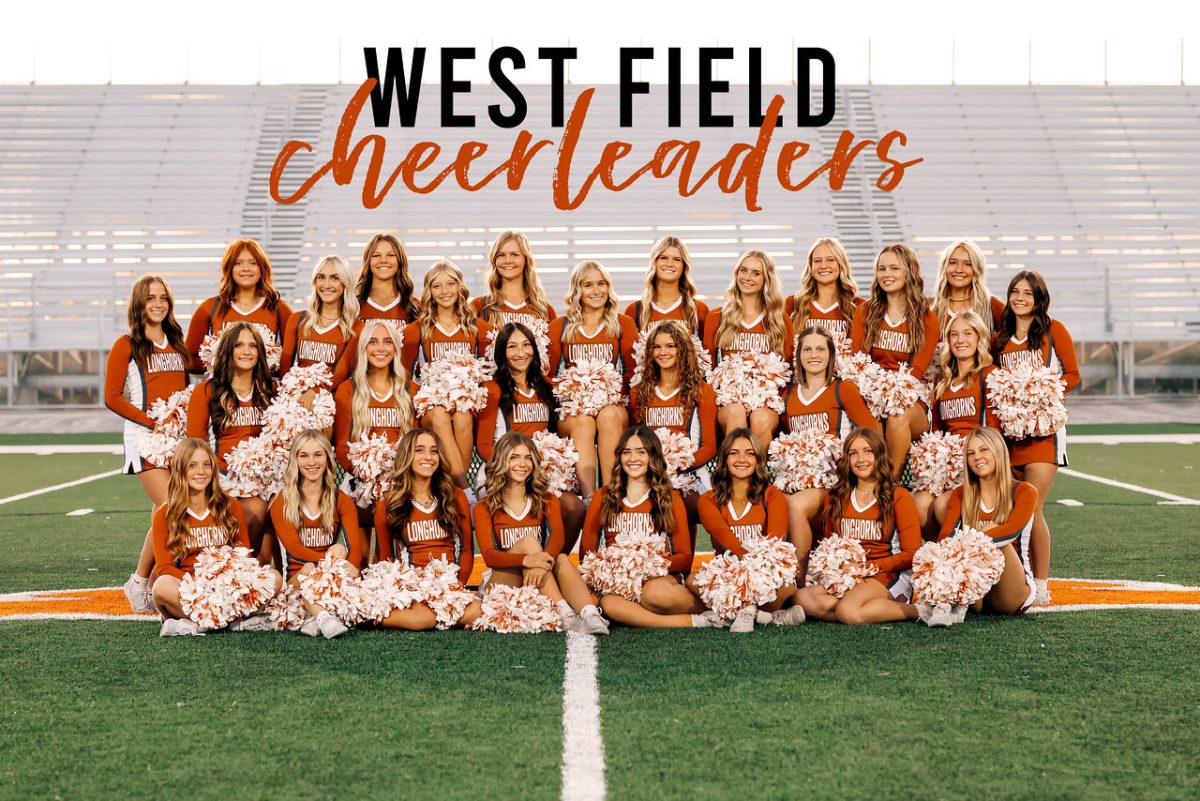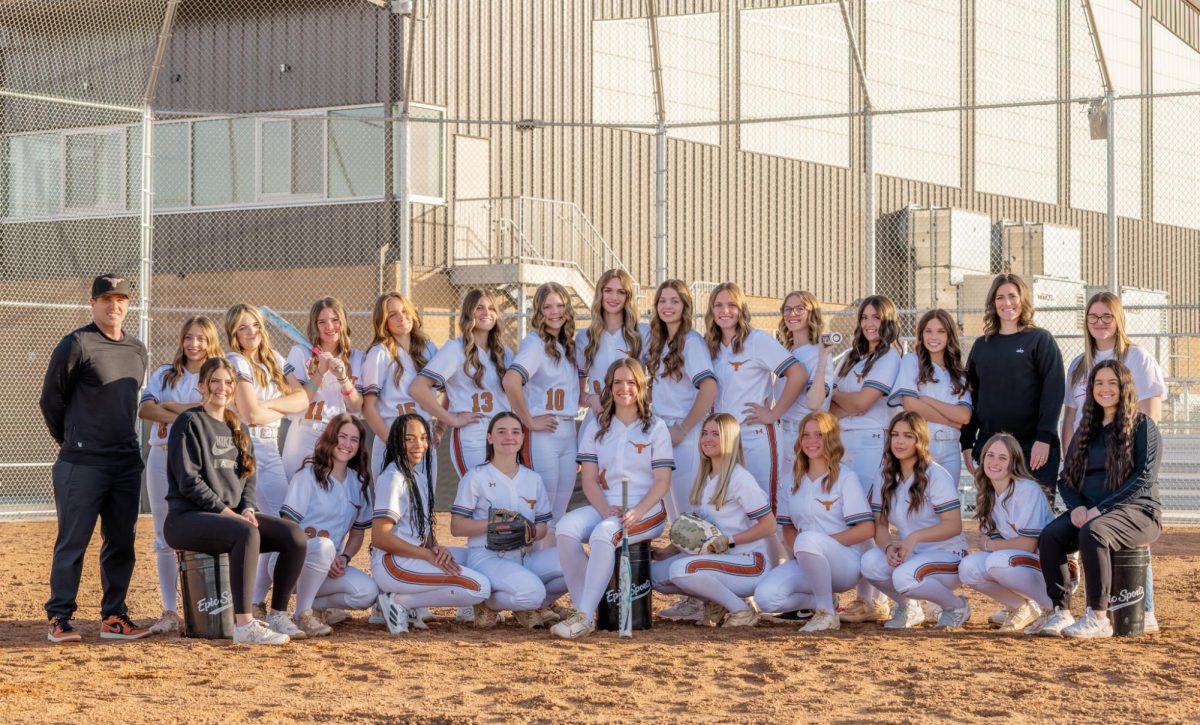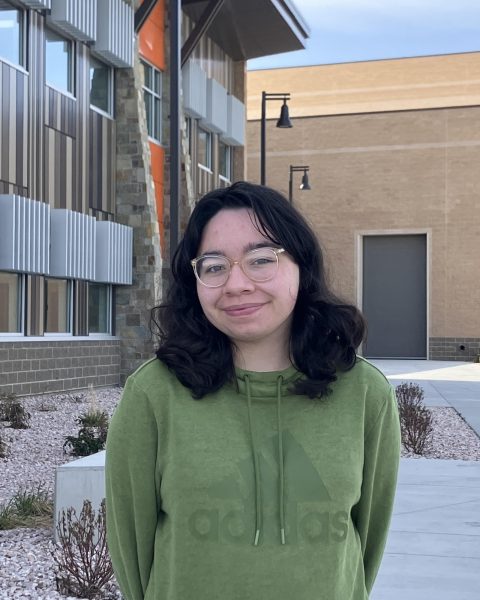A lot of students would bring different types of food for lunch and when they are sitting with their friends they would probably ask each other, “What are you eating for lunch today?” They would start talking about what they like to eat and what they don’t like to eat which leads them to start talking about different things.
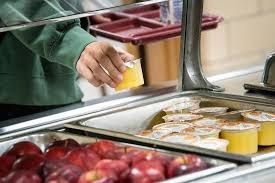 You don’t have to talk about the foods you like and don’t like with your friends, when you and your friends are hanging out, you can show your friends the different foods you make and have them try it out and see if they like it or not . “If we approach food with curiosity, there is so much potential for cultural exchange and learning– which is one of the many reasons why I love to eat!” Shirley Ting Asian Canadian and Asian Migration Studies this shows.
You don’t have to talk about the foods you like and don’t like with your friends, when you and your friends are hanging out, you can show your friends the different foods you make and have them try it out and see if they like it or not . “If we approach food with curiosity, there is so much potential for cultural exchange and learning– which is one of the many reasons why I love to eat!” Shirley Ting Asian Canadian and Asian Migration Studies this shows.
In the Spanish speaking culture, they eat tacos, burritos, chillies and tamales. In Asian cultures, they eat a lot of sea food like sushi or fish and they also eat lots of bentos, rice and noodles. In the Midwest, they eat a lot of mashed potatoes, corn and BBQ.
Everyone may eat the same foods, but they make it differently from everyone else. Now there are foods mixed with different cultures like fish tacos, rice with sushi and BBQ with corn. There are so many different foods from different cultures that everyone mixes into their own cultural food. When bringing foods together, people will come together and then they will start talking about their interests and it will make a bond form.
“There is more to eating than survival. Eating and drinking are a medium through which we gather, socialize, and create bonds. We celebrate, commemorate, tend to one another, and enact our rituals through food.”Dr. Ara Norenzayan Department of Psychology said Going to celebrations that have food can bring people together, if the celebration doesn’t have any food, then it isn’t a fun celebration. People can sit around the table and talk about the food and the quality of the food and so many things about food that brings people together.



